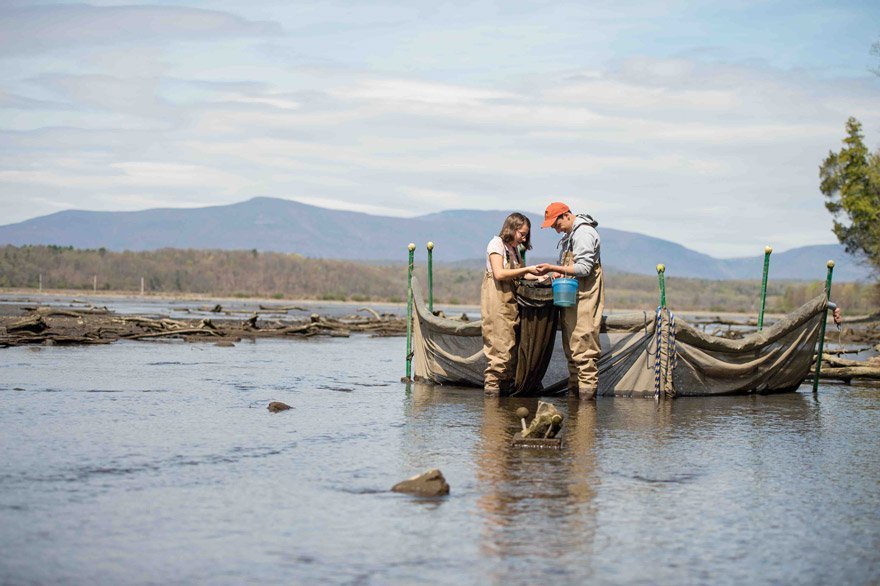Our approach to measuring science literacy is rooted in our definition of what we believe students who are scientifically literate should be able to do. As a result, our assessment challenges students with real-world problems whose solutions require them to reconcile potentially conflicting scientific evidence, while transferring skills in order to make sense of information that they have not previously been taught.
A major challenge is to come up with a task that is of sufficient distance from classroom experiences to require transfer while at the same time explicitly drawing on the skills they have gained in their courses. For example, students who have learned about the scientific process and the marshaling of scientific evidence in a microbiology course might be given a problem to solve about the cognitive benefits of musical training for children. While the content here is new to these students, the skills learned in microbiology should be applicable. Our view is that science literacy involves being able to apply their acquired skills in this new area (i.e. transferring their skills).
A major challenge is to come up with a task that is of sufficient distance from classroom experiences to require transfer while at the same time explicitly drawing on the skills they have gained in their courses. For example, students who have learned about the scientific process and the marshaling of scientific evidence in a microbiology course might be given a problem to solve about the cognitive benefits of musical training for children. While the content here is new to these students, the skills learned in microbiology should be applicable. Our view is that science literacy involves being able to apply their acquired skills in this new area (i.e. transferring their skills).
OUR
|
Here's what we do:
|
Here are links to three other good assessments of science literacy at the college level:
The Experimental Design Ability Test (EDAT)
|
Developing a Test of Scientific Literacy Skills (TOSLS): Measuring Undergraduates’ Evaluation of Scientific Information and Arguments
|
A Novel Instrument for Assessing Students’ Critical Thinking Abilities
White et al. 2011
In this broad overview, the authors outline major ideas about the transfer of learning and provide a toolkit of foundational concepts, including near versus far transfer, and automatic versus mindful transfer.
Here we provide additional resources for using assessment to motivate, evaluate, and focus student learning in courses.
Student Assessment of Learning Gains (SALG)
This website provides a useful tool for developing a customized instrument to assess learning gains by students.
|
Critical Thinking Assessment Test
This website provides a variety of resources related to the Critical Thinking Assessment Test, a 15-question test that uses a short-answer format to assess how well students are able to use critical thinking skills to solve problems. The actual test must be purchased, but this article provides information about the test.
|
Science motivation questionnaire II
This website provides free access to a questionnaire that probes students about their motivations to study science. Versions specifically for biology, chemistry, and physics are also available.
|
Results of 20 years of testing the science literacy of undergraduates
In this provocative article, Impey et al. 2011 present the results of 20 years of assessing the science literacy of undergraduates, while providing the full assessment instrument, which consists of multiple choice and fill-in-the-blank questions. One important result: science majors score no better on average than non-majors do.
|




